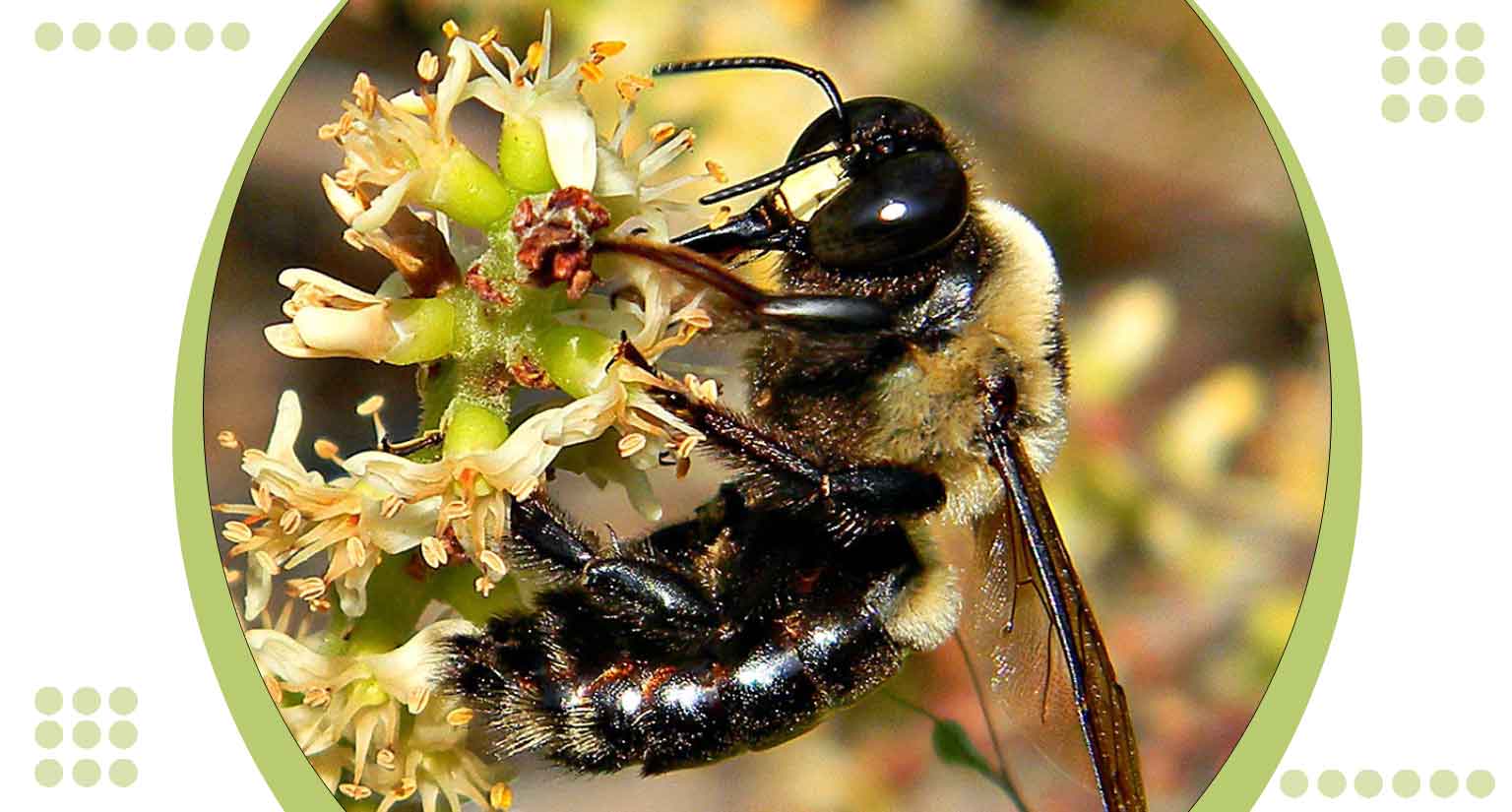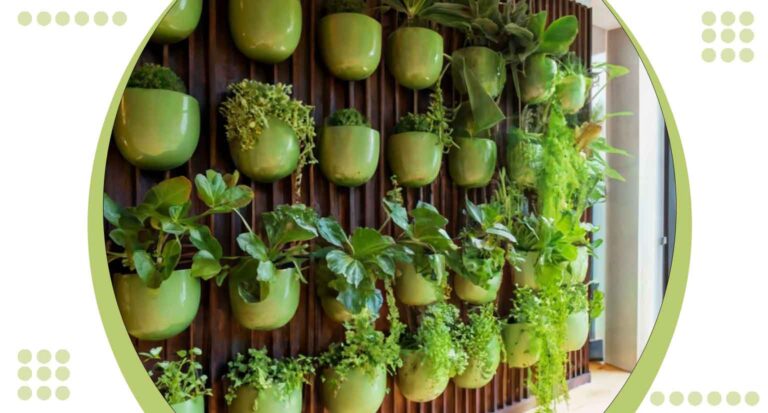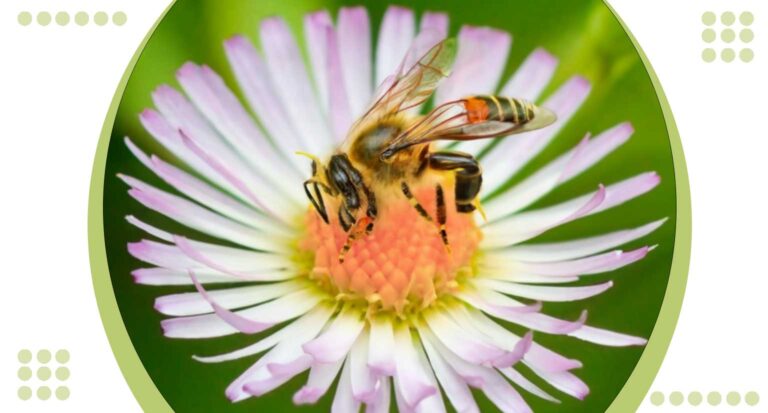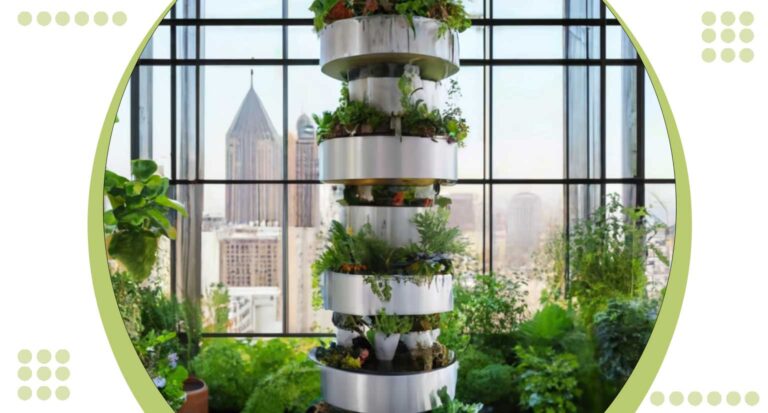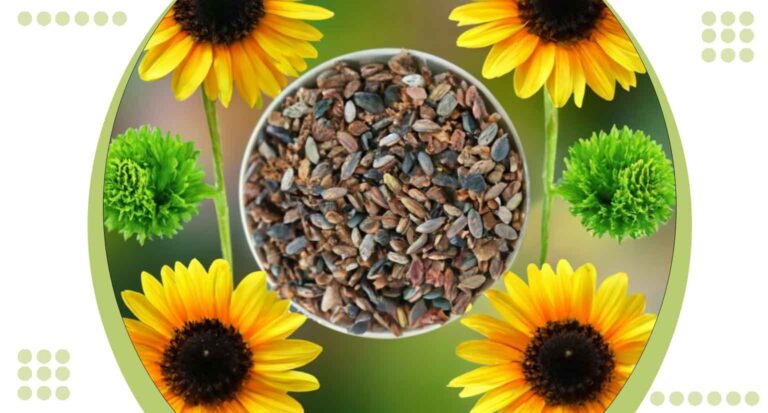Bee Pollinator Mastery 6 Proven Strategies for Garden Success
Bee Pollinators, the unsung heroes of our ecosystem. In the intricate dance of nature, these industrious insects play a crucial role in pollination, fostering biodiversity and sustaining life. The significance of bee pollination and how it shapes the landscapes we cherish.
The harmony between flora and fauna into the remarkable journey of these tiny yet mighty contributors. The interconnected web of life where Bee Pollinators, with their delicate yet powerful touch, bring forth the beauty and abundance of the natural world.
The Importance of Bees: Pollination
As nature’s tireless workers, bees play a pivotal role in pollination, a process fundamental to the health and diversity of our ecosystems.
Through their diligent foraging for nectar, bees unintentionally transfer pollen between flowers, facilitating the reproduction of countless plant species. This symbiotic relationship holds profound importance, not just for bees but for the entire web of life.
Preserving Biodiversity
Bee pollination contributes significantly to the diversity of plant life, ensuring the survival of various species. The interdependence between bees and flowering plants forms the backbone of thriving ecosystems, creating habitats that support a myriad of organisms.
Supporting Agriculture
Agriculture, a cornerstone of human survival, benefits immensely from bee pollination. Crops ranging from fruits and vegetables to nuts and oilseeds rely on these industrious insects for efficient and effective pollination. The result is increased crop yields and improved quality of produce.
Securing Global Food Supply
Bees, particularly honey bees, contribute to global food security by pollinating a wide variety of crops. The pollination services they provide are integral to the production of fruits, vegetables, and nuts, forming an essential link in the chain that sustains the world’s growing population.
Preserving Ecosystem Balance
The delicate balance of ecosystems hinges on the intricate dance of pollination. Bees, with their precision and efficiency, contribute to the equilibrium of natural environments. Their role in pollination helps maintain biodiversity, ensuring the health of both plant and animal populations.
The profound importance of bees in pollination, recognizing their indispensable role in shaping the beauty and resilience of our planet. By understanding and preserving this delicate balance,
The preservation of biodiversity, sustainable agriculture, and the overall well being of our global ecosystem.
What is bee pollinating?
Bee pollination is the intricate process by which bees, nature’s skilled artisans, transfer pollen from the male parts (anthers) to the female parts (stigmas) of flowers. This crucial dance is not just a random act but a precision artistry that ensures the reproduction of flowering plants.
As these diligent pollinators go about their work, they facilitate the formation of seeds and fruits, contributing to the biodiversity and sustenance of ecosystems.
The fascinating world of bee pollination, where these tiny creatures become essential conduits for life, orchestrating a symphony of nature’s reproductive rhythm.
What type of bee pollinates the most?
Among the myriad of bee species, certain champions stand out as the most prolific pollinators. Apis mellifera, the honeybee, is a front runner, tirelessly traversing blooms in search of nectar and inadvertently transferring pollen.
Mason bees, renowned for their efficiency, also play a significant role, ensuring precise pollination in orchards and gardens. The unique characteristics of these dedicated pollinators and learn how their distinctive behaviors contribute to the flourishing tapestry of plant life.
The unsung heroes that make a remarkable impact on the abundance and diversity of our natural world.
Best Bee Pollinator
The ultimate pollination maestro, the bumblebee. Renowned for their efficiency and versatility, bumblebees are hailed as nature’s best bee pollinators. With their robust bodies and distinctive buzzing flight, these remarkable insects expertly navigate flowers, ensuring thorough and effective pollination.
The unique characteristics that make bumblebees the champions of pollination. Their adaptability to various environments and plant species makes them indispensable contributors to the balance and fertility of ecosystems.
The fascinating world of bumblebee pollination, where their diligent work shapes the beauty and resilience of the natural world.
Mission of Bees in Pollination
Bees, driven by an innate mission, tirelessly engage in pollination to ensure the survival and reproduction of flowering plants. This symbiotic relationship benefits both bees and plants, forming a cornerstone of biodiversity.
As bees collect nectar for their sustenance, they inadvertently transfer pollen between flowers, facilitating the crucial process of fertilization. The purposeful world of bee pollination, where these industrious insects serve as nature’s vital messengers.
By fulfilling their role in the intricate dance of reproduction, bees play a pivotal part in maintaining the balance and continuity of diverse ecosystems.
Why is pollination important?
Pollination is an essential ecological process that underpins the very fabric of life on our planet. This intricate dance between pollinators, especially bees, and flowering plants is fundamental for the reproduction of a vast array of vegetation.
As bees transfer pollen from one flower to another, they enable the formation of seeds and fruits, ensuring the survival and diversity of plant species.
The profound importance of pollination in sustaining ecosystems, supporting agriculture, and fostering biodiversity.
The interdependence between pollinators and plants not only shapes the natural world’s beauty but also plays a critical role in securing our global food supply and preserving the delicate balance of our environment.
Fertility Among Bees
Within a bee colony, fertility is a nuanced aspect that varies among individual bees. The queen bee holds a central role as the sole fertile female, responsible for laying eggs and ensuring the colony’s continuity.
Drones, the male bees, contribute to fertility through mating with the queen, while worker bees, females with underdeveloped reproductive organs, focus on tasks vital for the colony’s survival.
The intricate reproductive dynamics of bee colonies, where each member plays a specialized role in maintaining the fertility and sustainability of the hive.
Gain insights into the fascinating world of bee reproduction, where the queen’s fertility orchestrates the intricate balance within the colony.
Is a honey bee a good pollinator?
The honey bee (Apes mellifera) stands out as a stellar pollinator, playing a vital role in the pollination of various flowering plants. Renowned for their efficiency and diligence, honey bees visit blossoms in search of nectar, unintentionally transferring pollen between flowers as they collect resources.
This inadvertent yet precise pollination significantly contributes to the reproduction and diversity of plant species. The excellence of honey bees as pollinators, their tireless foraging, and the positive impact they have on agricultural crops and natural habitats.
The intricate world where the honey bee’s pollination prowess serves as a linchpin in fostering the beauty and abundance of our ecosystems.
What are the methods of pollination?
Pollination, a vital process for plant reproduction, employs various methods, each contributing to the diversity and resilience of ecosystems. While bees are prominent pollinators, other methods include wind pollination and animal assisted pollination.
Wind carries pollen from male to female parts in some plants, and animals like birds and butterflies unintentionally aid in pollination as they move from flower to flower.
The fascinating array of pollination methods, each tailored to the unique characteristics of plant species. The intricate ways nature orchestrates pollination, showcasing a diversity of mechanisms that contribute to the flourishing tapestry of life.
Conclusion
As we conclude bee pollinators, their crucial role in sustaining life becomes unmistakably clear. These diligent insects, driven by a purposeful mission, orchestrate the dance of pollination, preserving biodiversity and securing our food sources.
The symbiotic relationship between bees and flowering plants is a testament to nature’s meticulous design. Understanding and appreciating this delicate balance is not just a key to environmental conservation but a commitment to a resilient and flourishing future.

